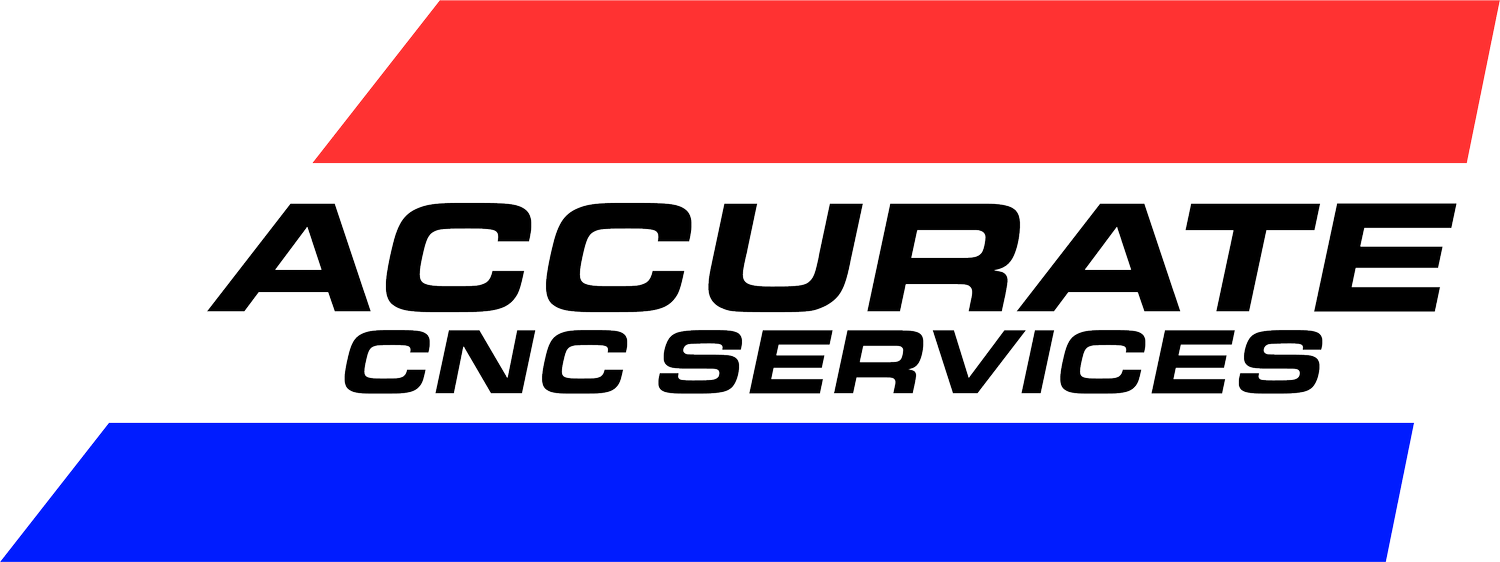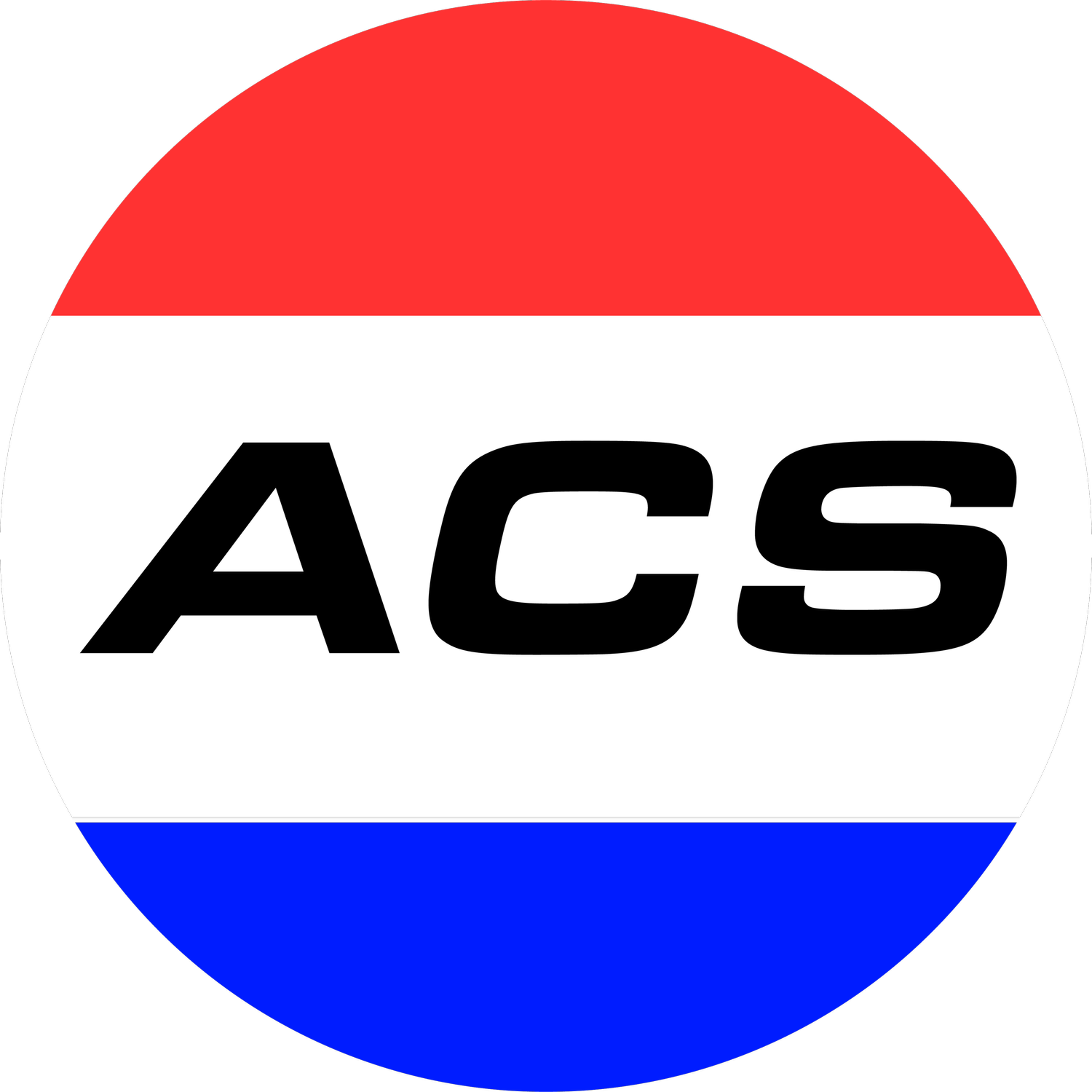5 Tips to Kick-Start Your Custom Projects
We love it when a customer comes to us with a great idea that they don’t yet know how to turn into reality. It’s honestly one of the most exciting parts of our job at Accurate CNC, and - lucky for us - it’s been happening quite a bit recently.
We’re always happy to offer advice on manufacturing custom parts, but we need some initial information from our customers to get started. Many projects will begin with a phone call where a customer shares their idea, and then asks “How do we move this forward?”
To ensure we can turn your idea into a successful, functional product, it’s important to start with some key details. By providing information upfront, we can quickly assess the best approach and guide you through the process. Follow these 5 tips to help us hit the ground running with your project.
Tip 1: Provide Us With a Visualization
We don’t need CAD files to make a custom manufacturing project a reality (although a 3D model would be ideal). But we do need some sort of visualization. This can be as simple as a napkin sketch or as tangible as a rough prototype you’ve made. Customers have come to us with a variety of visualizations looking for our expertise in prototype machining services. Here are some great examples:
One customer came in with a PVC pipe prototype he’d made in a friend’s garage. While he didn’t know how to create a true prototype, his rough version helped us answer questions about threads, geometry, and more, making it a valuable starting point.
Another customer wanted to alter the shocks on his bike to allow him to ride faster on rough surfaces. He brought in a similar part as inspiration, which was enough for us to understand his goals and develop the design he had in mind.
In a different case, a customer wanted to combine two separate parts into one. He simply brought in both parts, which was more than sufficient. The demonstration allowed us to create a solid model and prototype that met his needs.
And of course, we have plenty of experience with the classic napkin sketch. It certainly doesn't have to be on a literal napkin – we’ve worked with doodles on paper, drawings on cardboard, and more.
Tip 2: Give Us General Guidance on Material
By “general guidance,” we mean that you should have thought about basic decisions like plastic vs. steel. You don’t need to be as specific as, for instance, which aluminum alloy you’d like to use, but knowing which material type you are considering is a helpful starting point.
The more details you share about your project, the more guidance we can offer. This could include strength requirements, whether the product will be used outdoors, or if it needs to be water or corrosion-resistant. Sharing these key characteristics will help us guide you toward the most suitable solutions.
Tip 3: Have a Budget In Mind
If your budget is tight, we can collaborate to find ways to reduce costs. This can involve simplifying complex features, finding ways to save on materials, or exploring other cost-effective options. But before we offer that specific advice, we need a general idea of your budget.
You don’t need to have an exact figure, and we can even help you think through your budget. Typically, if you share your target selling price, we can work backward to estimate your manufacturing spend. This budget will help guide decisions throughout the product design and machining processes.
Tip 4: Consider 3D Printing Prototypes Before Production
While a 3D-printed prototype may not always be the perfect solution for every scenario it can be a valuable tool, especially for checking fit and sizing. Although the prototype may not be functional in every case, it can serve as an excellent fitment test, allowing you to assess threads and sizing. If this approach does work for your situation, using a 3D-printed prototype can save a great deal of time and money.
For instance, the customer we previously mentioned who was designing a part for his bicycle used a 3D-printed fitment prototype. While the final part needed to be made of metal, the prototype enabled us to confirm it would properly fit his bicycle before moving into final production.
Tip 5: Be Prepared For Revisions
In tip 1, we mentioned that sketches or visualizations are key, but it’s also important to stay flexible with your designs. What works on paper or in a CAD file may not always be perfectly suited for manufacturing processes.
Revisions are a natural part of the product development process, whether due to functional issues, costs, manufacturability, or evolving ideas. However, the reality of a custom project is that it will likely have to go through several iterations from the initial sketch to the final part. It’s not typical to walk in with a sketch and walk out with a fully functioning part the next day. Having a realistic timeline and embracing this iterative process is key to achieving the best results for your custom project.
Let Us Help You Make your Idea a Reality
We love taking on custom projects at our Idaho machine shop and we love offering advice and guidance to help customers see their vision become an effective, functional product. Want to work with a precision machine shop that collaborates with you to find success? Contact us today to get started on your custom project.


